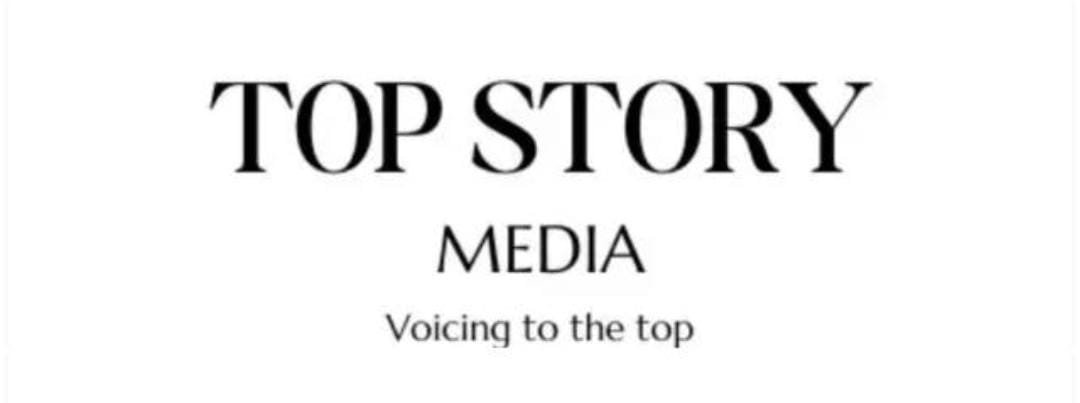
Charles Leclerc of Monaco driving the (16) Ferrari SF-23 on track during practice ahead of the F1 Grand Prix of Las Vegas at Las Vegas Strip Circuit on November 17, 2023 in Las Vegas, Nevada.
Mark Thompson | Getty Images Sport | Getty Images
When Liberty Media Chairman John Malone finalized the $4.4 billion acquisition of Formula One in 2017, he knew he was onto something.
“There’s an opportunity to take F1 to another level,” he told reporters in 2016. “There’s an untapped digital market [that] F1 has only scratched the surface on.”
What no-one could have foreseen was how soon F1’s opportunity would present itself. As global lockdowns began in 2020, sports fans surged online and Liberty Media had a chance to realize Malone’s vision.
For it to work however, Liberty first had to get a handle on the sport’s finances.
“If you have a look before Covid in 2019 it was a tough situation, close to bankruptcy,” said Fred Vasseur, team principal of Scuderia Ferrari HP, one of three teams spending more than $400 million a season to remain in contention for the Constructors’ Championship.
This not only priced out participants such as Honda, but created a huge disparity on the grid. While the top three teams — Ferrari, Red Bull, and Mercedes AMG — were outspending everyone else, they were also receiving disproportionate TV rights and prize-money, leaving the rest to scrap it out for funding.
With some teams on the brink of financial collapse, Liberty took an ax to F1’s structure.
“Heritage bonuses” for the oldest teams were curbed, and a more equitable broadcast split devised. With funding under control, they outlined plans to limit spending.
“Now [we] have a cost cap in place,” Zak Brown, CEO of McLaren Racing, told CNBC’s “Inside Track.”
“It’s a much smaller spend than it was previously, which has allowed all 10 teams to really kind of play with the same size bat.”
Race winner Max Verstappen of the Netherlands and Oracle Red Bull Racing looks on in parc ferme during the F1 Grand Prix of Qatar at Lusail International Circuit on October 08, 2023 in Lusail City, Qatar.
Mark Thompson | Getty Images Sport | Getty Images
Evening out the field created more exciting story lines, which Netflix seized on. The timing was perfect. As the world entered Covid lockdowns, Netflix dropped the second series of “Drive to Survive,” introducing legions of new fans to a sport defined more by the personalities and drama than the tinkering going on behind garage doors.
“I used to think it’s the most important thing that’s happened in motorsport for 40 years, now I think it’s the most important thing that’s happened in sport in 40 years,” Stuart Pringle, managing director at race circuit Silverstone, told CNBC.
As reported previously, the “Netflix effect” was only one part of the “untapped digital market” that Malone had envisioned, with fans following F1 creators online and racing around virtual tracks on the franchise’s official video game.
Recognizing the strategic importance of these channels, Liberty invested heavily in F1’s digital ecosystem.
“We needed new types of corporate partners in the sport,” said Brown. “The Googles, the Coca-Colas, the Dells, who have not historically been in the sport.”
To draw them in however, F1 would need more than a digital fanbase.
Liberty set about investing heavily in the U.S. as the pandemic eased, adding the Miami Grand Prix to the 2022 calendar and bringing the total number of American races to two (alongside Austin).
But to crack America, F1 needed a spectacle, and the 2023 Las Vegas Grand Prix would provide it. Costing a reported $600 million to put on, the race weekend brought 315,000 visitors to town, creating a backlog of private jets across the city’s airports.
“The reason why we invested in Vegas was because we understood immediately the potential of the American market,” F1 CEO Stefano Domenicali told CNBC.
Alexander Albon of Thailand driving the (23) Williams FW45 Mercedes and Kevin Magnussen of Denmark driving the (20) Haas F1 VF-23 Ferrari (obscured) crash into turn one at the start during the F1 Grand Prix of Brazil at Autodromo Jose Carlos Pace on November 05, 2023 in Sao Paulo, Brazil.
Mark Thompson | Getty Images Sport | Getty Images
The strategy paid off. Sponsorship deals doubled in value after the Vegas Grand Prix, as giant U.S. firms poured into the sport. Major deals with brands such as American Express put F1 in front of a lucrative new fanbase, while partnerships with Hilton and Virgin Hotels helped build the sport’s globe-trotting appeal.
Since Liberty Media acquired F1 in 2017, the sport’s value has doubled from $8 billion (including debts) to around $17 billion in 2023. But headwinds are starting to blow. A spat between Liberty and American motorsports giant Andretti Global over their entry to the grid is turning ugly, while the sport’s globe-spanning calendar could put sustainability targets out of reach.
Coming through them unscathed will require the same vision and adaptability that led Forbes to crown Liberty Media as the world’s most valuable “sports empire.”
With new race rules coming into effect in 2026, expect more drama off the track as F1 prepares to defend its crown.
Crafting High-Ranking Web with SEO Expertise.




